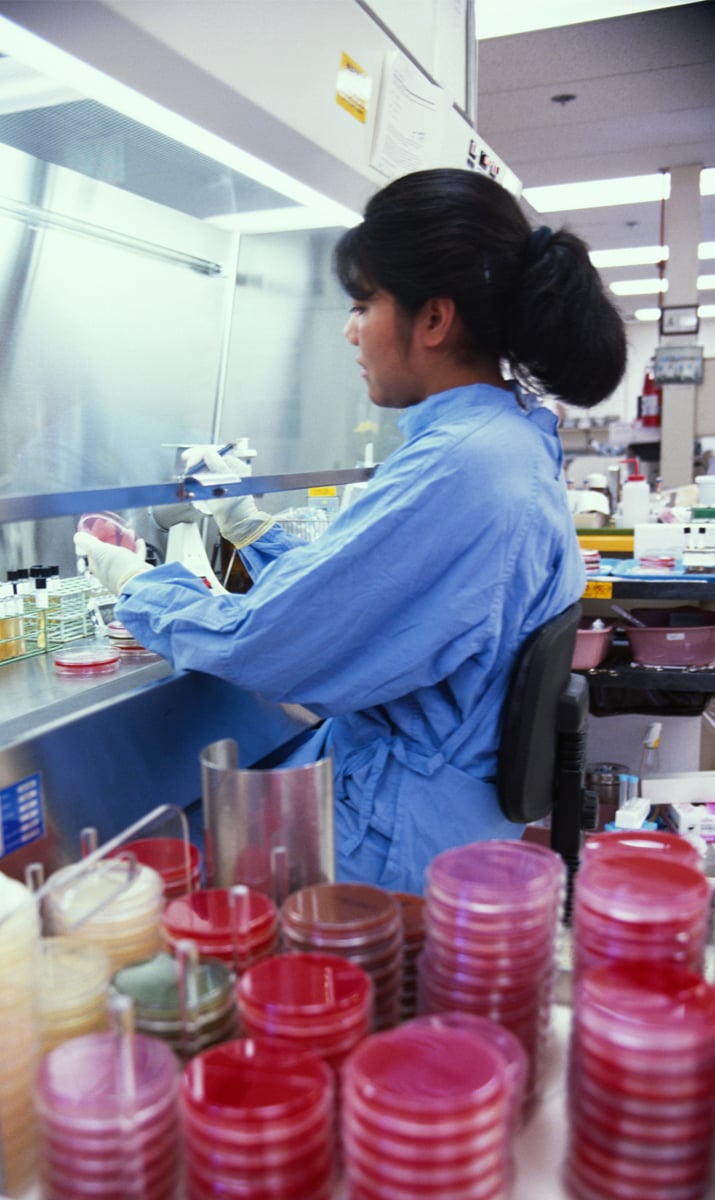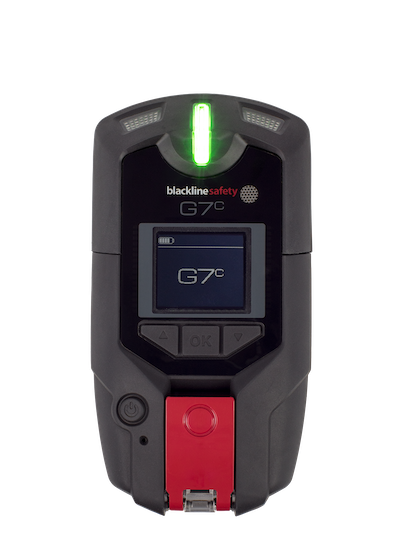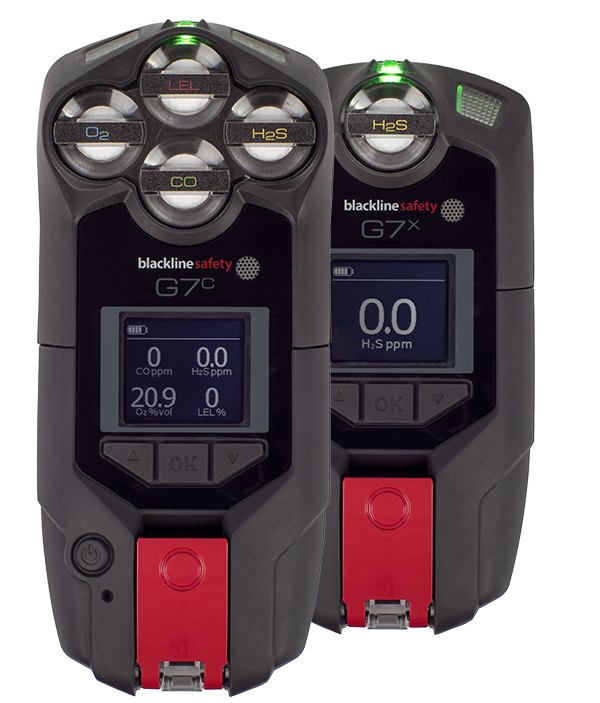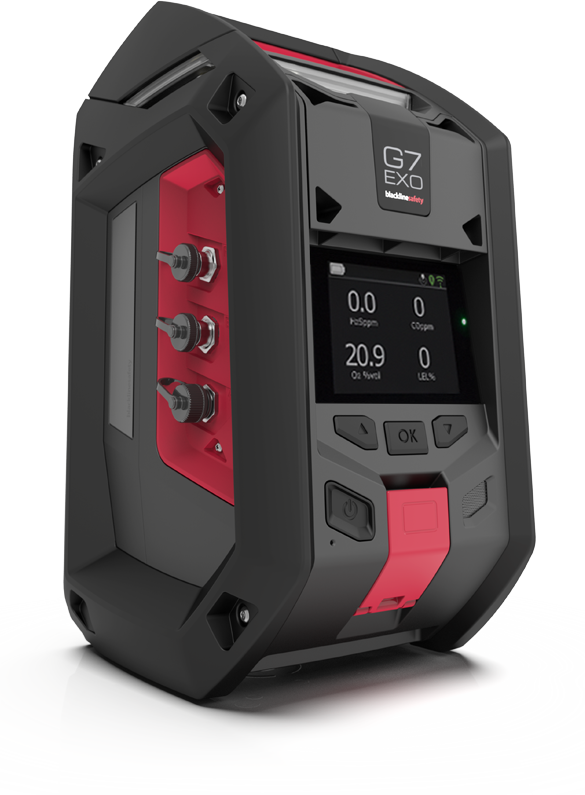POWERING DATA-DRIVEN SAFETY.
The biotech and pharma industry plays an important role in the development and production of drugs, clinical trial of treatments, vaccines, and other medical products that are essential for improving health and treating disease. On a global scale, the pharmaceutical market is growing rapidly at almost 6% annually and is projected to hit the $2 trillion mark in 2028 (GlobalNewswire) which exposes more and more workers to a number of worksite hazards.
The biotech and pharma industries present potential hazards to workers who are involved in research, manufacturing, and distribution processes. One significant hazard is exposure to toxic and combustible gases that can cause harm or death if not properly managed. Some of these gas hazards include:
- Carbon dioxide (CO2) can be used as a solvent and be released in various processes including transportation.
- Formaldehyde (CH2O) is used in sterilization and, as a volatile organic chemical, it is detectable with a PID sensor.
- Nitrogen (N2) is used to control oxygen levels in labs, in the packaging and transfer of products and to maintain drug efficacy. It can displace oxygen and cause asphyxiation. An oxygen gas detector can be used to ensure N2 hasn't displaced oxygen to a hazardous level.
- O2 (Oxygen) - is present during biomanufacturing and fermentation. Oxygen-enriched environments have a higher risk of explosions.
- Chlorine gas (Cl2) - can be generated during chemical manufacturing.
- Carbon monoxide (CO)- can be produced during manufacturing processes and as a byproduct of certain chemical reactions.
- Hydrogen sulfide (H2S) can be released during the manufacturing of certain chemicals.
- Ammonia (NH3) is often used during the production of chemicals.
- Combustibles - methane can be produced during the fermentation process. Ethylene oxide is used in the sterilization of medical equipment. Propane is used for heating and powering equipment.









